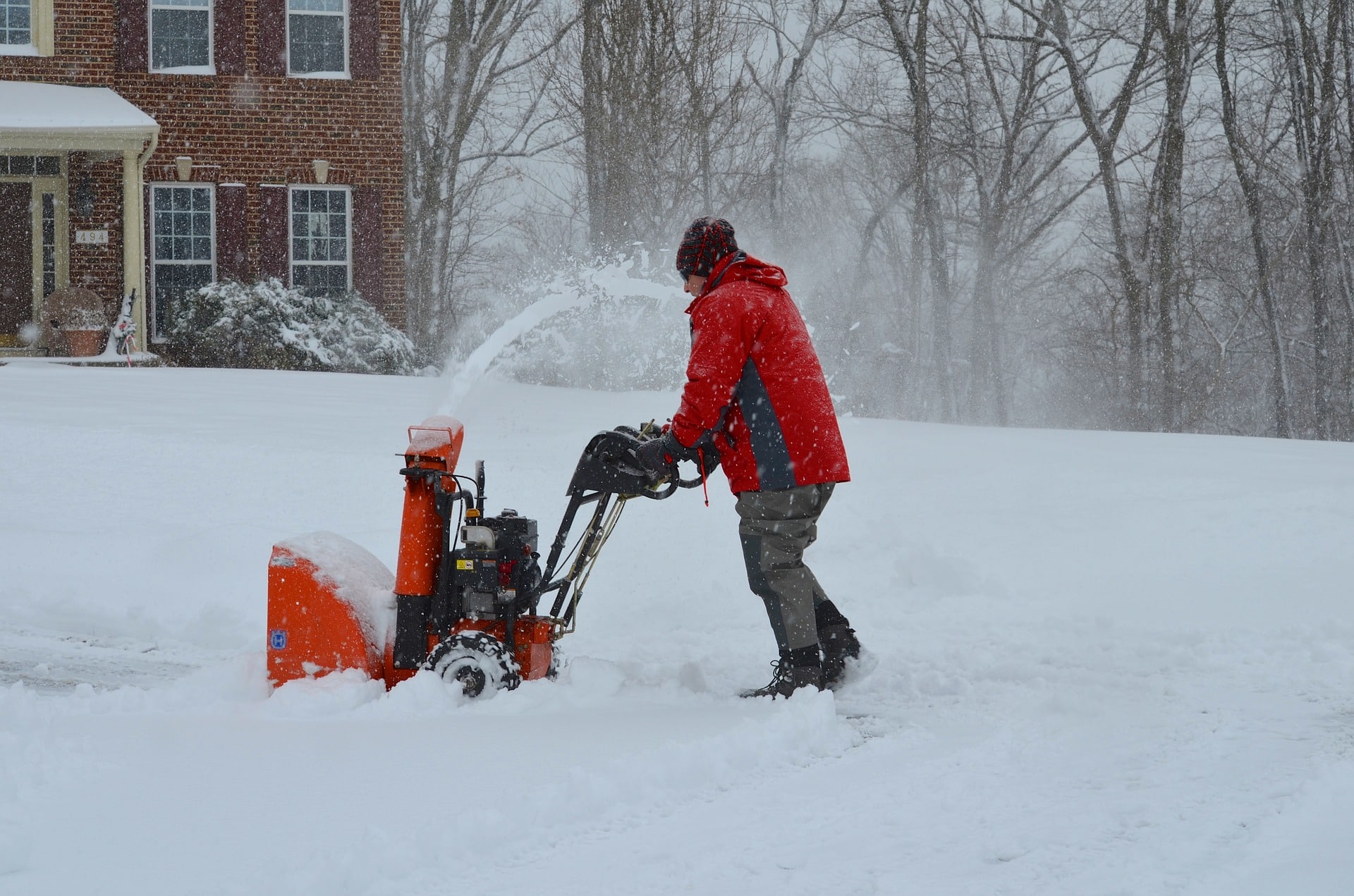The following are the common issues with snow plowers:-
- Use High-Quality Fuel
Using poor quality or old fuel that hasn’t had fuel stabilizer added to it, can also lead to problems like not starting or an underpowered poor running condition. Make sure you are not grabbing a gas tank with poor quality or old fuel. It is not recommended that you use high ethanol content fuel in snow plowers.
- Drive carefully around solid objects:-
Another issue could be crashing into newspapers, sticks, ice, or any other solid object. This can cause the shear pins to break and the gearbox to be damaged. If the impeller inside your snow plower turns but the auger does not, the shear pins that connect the augers to the drive shaft may be broken.
- Tire Inflation:-
There will be issues if your tires are not properly inflated. Make sure you have the tire pressure that is specified on the sidewall of the tires or what is specified in the operator’s manual as the proper pounds per square inch. If only one tire is low or deflated, the snow plower will lower one side or make a continuous turn. This results in uneven clearing height. If both tires are low, which can happen over time, the machine will be more difficult to manoeuvre and you will notice less traction.
- Adjust Your Skid Feet Properly:-
You will wear out your cutting edge faster if your skid feet are not properly adjusted. It will be more difficult to drive because you will hit every bump and crack in the concrete or asphalt and may pick up gravel. You can choose how close to the ground you want to clear snow by adjusting the skid feet. Set the height of the skid feet on your snow plower by loosening the two nuts on each side of the auger housing, pushing them down to the ground, and tightening the nuts.
